#medical tips
Explore tagged Tumblr posts
Text
tip: taking medication whilst laying on your right side can make pills dissolve 2.3 times faster than other postures, and therefore potentially work quicker.
source: study article and link to journal
52 notes
·
View notes
Text
Tips from a Spoonie
I've had chronic pain and chronic illness since childhood, so I've learned how to manage the medical world and how to manage my own care. I'm here to pass on some knowledge and tips.
Get a support buddy. It does not have to be a family member, it could be a friend, your partner, or even someone from a support group. Someone who can help you when you're in need, if you need an extra hand doing errands; you need someone to watch your pets while you're in the hospital; you need a ride to a doctor's appointment; etc. Believe me, this will be crucial, especially if you have a condition that is unpredictable.
Cluster your tasks. What I mean by this is, rather than spreading your appointments and errands throughout the day, try planning them all within the same time frame so you can use one burst of energy to get you through instead of having to maintain that energy all day long. My most productive time is the morning so I try to schedule all doctors appointments and errands first thing in the morning so that I can spend the remainder of the day doing less exhausting things (or nothing at all).
Take photos of all of your insurance cards and your ID. I say this as a patient and as a hospital employee who works with patients every day. Everyone carries their phones 24/7 so if you're ever without your wallet and you need your insurance card or a photo ID, it's very important to have a digital copy or an actual photo of these. You never know when an emergency will hit.
Use the portals. Most doctors offices and hospitals have some sort of online portal now where you have all of your appointments in one place, you can message your providers, you can refill medications. This will save you time and energy from having to call doctors and pharmacies trying to ask questions and get medications refilled, and you'll have your list of appointments in front of you that should give you all the details for that appointment. If your office does not have a portal, keep your information together regarding that office.
If you're a pen and paper kind of person, create a medical binder or invest in a medical journal where you can keep all of your important documentation, copies of your insurance cards, doctors information, test results, and medication list. Carry that binder/journal with you to all doctors offices, especially new providers.
Stay in the good graces of your doctors and their staff. Be firm about your care and ensure you're getting appropriate care and treatment, BUT do not burn bridges. Show up to your appointments on time and avoid cancelling last minute. If you know you're not going to make it to the appointment, give ample notice, because doctors offices WILL drop you if you're a consistent no-show or if you're considered a "non-compliant patient."
Carry a first aid kit. I'm not going to tell you what to keep in it because that varies on the person. For example, I keep Bandaids, Tums, Benadryl cream, Tylenol, tampons, my emergency inhaler, and a variety of other items that I use on a regular basis. Keep it in your bag or your car and keep it stocked, you'll thank yourself later.
Finally, become an expert on your condition(s). Do your own research on reputable websites like NIH or WHO or Mayo Clinic. Keep printed studies and information in your medical binder if you have one. If you have a condition that doctors often dismiss, you must become your own advocate and you need to come armed with facts.
There's tons more, but these are the main ones I can think of right now. If you can think of any that work for you that I haven't listed, feel free to add more!
#ehlers danlos syndrome#chronic illness#chronic pain#tips#spoonie tips#medical tips#spoon theory#advocacy#self care
7 notes
·
View notes
Text

Are you suffering from high blood sugar?
2 notes
·
View notes
Photo
more medical tips to help with writing? more medical tips in general? yummy. please send more

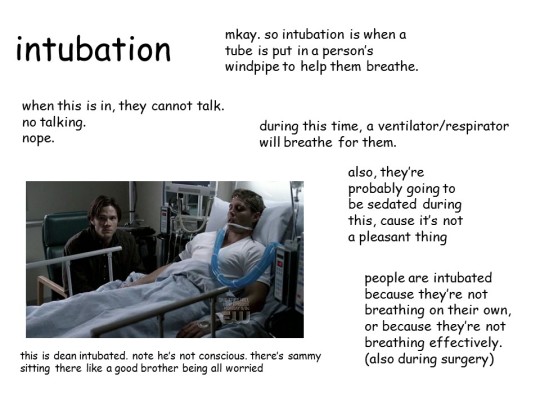
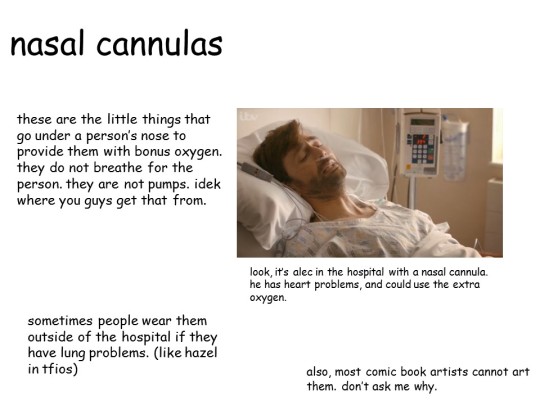
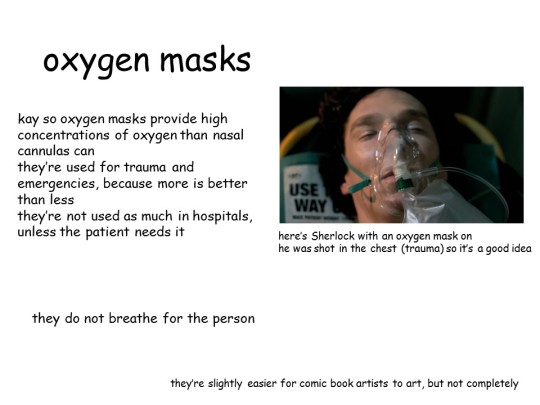


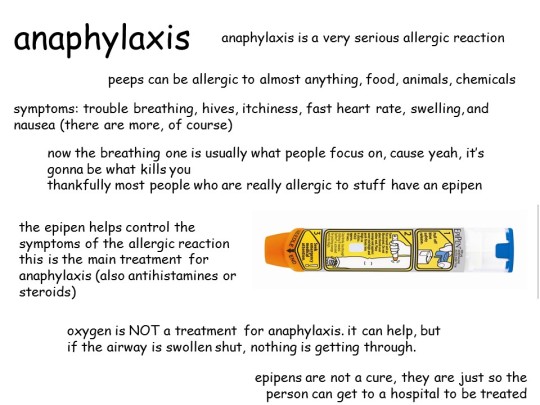
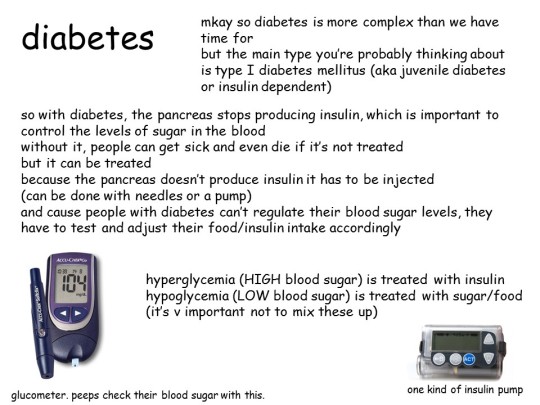

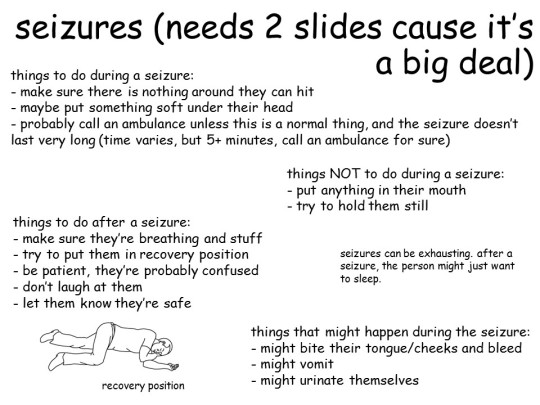
So I’ve noticed a bunch of medical errors in fics I read, so I decided to post this handy guide to some of the most common errors and some background on basic medical things.
ps- they are not medical treatment or first aid advice. I’m not actually a doctor. yet. but I am certified in first aid. this is just so your writing can be more realistic.
#writing tips#not a gator#medical tips for writing#medical tips#i love when people do these! I hope there are more
29K notes
·
View notes
Text
I don't know who needs to hear this, but if you have trouble swallowing (big) pills, here is a tip: jump at the moment you want to swallow it. I don't why, but it works for me and thought it might work for others as well!
1 note
·
View note
Text

Medical tourism at Harshamitra cancer and multi-specialty cancer hospital
To read the full article visit our website by clicking on this link
#healthcare#trichy#hospital#cancer awareness#cancer#india#medicine#awareness#health and wellness#health care#medical tourism#medical tips#tourism#travel
0 notes
Text
with my energy in the negatives, it’s interesting how much I miss the mundane, the plain drain that is “normal life”. I miss having the energy to go to school and do chores: I might be a little tired then but I can push through.
typing and moving and getting up to do basic tasks such as use the bathroom, eat, sleeping, it all feels so heavy and such a weight, I couldn’t wait till I was a adult: i wanted to have a job and be free of my parents, but I’m stuck at my moms rotting in a bed in medical debt because something’s wrong with me but my body won’t show it.
Test after test, everything comes back vague or normal. My CBC is great, my CT scan is great, my vitals are more or less normal. The only thing odd is my symptoms, starting in march I got crippled by disabling fatigue, it has only gotten worse. I now have a low grade fever that I had for more than a month, fatigue feels like when you have a very bad flu but somehow worse: the weakness and tiredness that leaves you bed bound, sleep sometimes is too tiring to achieve, I need to take medicine to fall asleep sometimes as I’m too tired to fall asleep. My neck lymph nodes are swollen. I’m nauseous, have no appetite, lost 20+ pounds because of that, it’s exhausting and almost embarrassing to admit, society doesn’t shame older folks for these health issues for these health issues, but once you are young people look the other way. I’m at a loss for words, I want the reason, I want to know what’s wrong with me.
So far here’s what we know it isn’t:
Most likely not autoimmune (my c-reactive proteins are normal),
It’s not cancer (thank god),
My thyroid, iron and nutrients are surprisingly not bad,
my heart is fine, same with my kidneys and liver.
I don’t know why I’m posting this, any tips? Ideas what this could be, it’s debilitating and depressing to know my body is failing me, I just want help or just to see the end of the tunnel and not be trapped in this damn tunnel.
#vent poem#vent#personal vent#venting#vent post#send help#please help#pls help#help#healthcare#mental health#health and wellness#ideas#health tips#chronic fatigue#chronic fatigue syndrome#chronically fatigued#fatiguerelief#muscle fatigue#tw weight#weight loss#medical history#medical tips#cancer#complete blood count#thyroid#iron#anemia#autoimmune#autoimmine disease
0 notes
Text
Get baking soda (99 cents at walmart). Take baking soda & put a few spoonfuls in small bowl (or cup or whatever). Add a few spoonfuls of water to turn into a paste. Smear paste on bug bite or sunburn.
Alternatively, add a lot more water (warm) and soak a hand towel in it, then place on bug bite or sunburn.
Should stop itching and swelling should go down relatively fast (and you won't deal with it for a long time either. great for sensitive skin or allergy reactions)
Put it in a ziplock bag or cover with cling wrap and it'll keep for a good while
Awful terrible bugses bits us... it itches us so badly...... it would feel so goooood to SCRATCH ITS... NO WE MUSTENT. Ouuughhh

26K notes
·
View notes
Text
القساح: حالة نادرة ولكن خطيرة! انتصاب مؤلم يستمر أكثر من 4 ساعات قد يُسبب مضاعفات خطيرة إن تُرك دون علاج. اكتشف الأسباب والعلاج! #الصحة_الرجالية #القساح
0 notes
Text
Frostbite
With winter months quickly approaching, let's take a quick look at something a lot of people talk about: frostbite!
Frostbite is caused by freezing of the skin and tissues underneath, and the early stages are called frostnip. Exposed skin is at risk in freezing temperatures and windy, or wet weather.
Symptoms can be tingling, numbness, skin changing color, waxy or hard skin, joint stiffness, pain, and blistering after rewarming.
Frostbite is most common on the fingers, toes, ears, cheeks, chin, and tip of the nose. Because of numbness it may be hard to notice.
0 notes
Text
Pencil Point Spinal Needle : Tips to Find the Perfect Spinal Needle

Choosing the right spinal needle is crucial for the success of spinal anaesthesia. Among the various needle types available, medical professionals highly regard pencil point spinal needle for their atraumatic design and their ability to reduce complications like post-dural puncture headache (PDPH). Selecting the most suitable needle requires considering several factors, as different needles can significantly impact both the procedure and patient outcomes. Understanding these considerations can help anaesthetists make informed decisions and achieve the best results for their patients.
What is Pencil Point Spinal Needle
Pencil point spinal needles are widely used in medical settings, especially for administering spinal anesthesia. Unlike traditional cutting needles, pencil point needles are designed to reduce tissue trauma and minimize the risk of complications, such as post-dural puncture headaches. Choosing the right pencil point spinal needle is crucial for the success of spinal procedures and can impact patient outcomes. This guide aims to help you understand the different types of pencil point needles and factors to consider when making a selection.
Benefit of Using Pencil Point Spinal Needle
Reduced Risk of Tissue Damage
Pencil point needles feature a rounded, non-cutting tip that minimizes tissue trauma during insertion. This design gently pushes tissues aside rather than cutting through them, resulting in less tissue damage.
Lower Risk of Post-Dural Puncture Headache (PDPH)
The rounded tip reduces the likelihood of causing significant damage to the dura, the outer membrane surrounding the spinal cord. This decreases the chances of cerebrospinal fluid leakage, which is a common cause of PDPH.
Better Control During Procedures
The needle’s design offers greater precision and control for the practitioner, making it easier to navigate through tissues. This is particularly helpful in delicate procedures like spinal anesthesia.
Improved Patient Comfort
Since pencil point needles cause less trauma to tissues, patients often experience less pain during the procedure. This leads to a more comfortable experience and a quicker recovery.
Minimized Bleeding and Swelling
The non-cutting design helps reduce bleeding and swelling around the insertion site, which can be particularly beneficial in patients with bleeding disorders or those taking anticoagulant medications.
Suitable for Repeated Procedures
For patients who require frequent spinal or epidural procedures, pencil point type spinal needle provide a safer option with lower risks of complications associated with repeated use.
Reduced Complication Rates
Overall, using pencil point needles is associated with fewer complications, making them a safer and more reliable choice for various medical procedures.
These benefits make pencil point needles a preferred option in specific medical scenarios, ensuring better outcomes for both patients and healthcare providers.
Types of Pencil Point Spinal Needle
Pencil point spinal needles come in various designs and materials, each suited for different clinical scenarios. The most common types include:
Standard vs. Specialty Needles
Standard Pencil Point Needles: These needles have a basic design with a rounded, non-cutting tip that helps separate the dural fibers during insertion. They are suitable for most routine spinal anesthesia procedures and are known for reducing the likelihood of post-dural puncture headaches.
Specialty Pencil Point Needles: Specialty needles often incorporate unique features such as a finer gauge or a reinforced structure for better handling and stability. Some may have additional elements like echogenic markings, which improve needle visualization under ultrasound guidance, making them ideal for more complex procedures or patients with challenging anatomy.
Materials and Design Considerations
Materials: Pencil point spinal needles are typically made from stainless steel or other medical-grade metals that offer strength and durability. Some specialty needles use advanced alloys to provide additional flexibility or rigidity, depending on procedural requirements.
Design: The length, gauge, and bevel angle of the needle can all impact its performance. There for spinal needle size are matter for spinal procedure. A smaller gauge needle may be more appropriate for minimizing tissue disruption, while a longer needle might be necessary for patients with a higher body mass index (BMI) to reach the spinal space accurately.
Factors to Consider When Choosing a Pencil Point Spinal Needle
Several factors influence the choice of a pencil point spinal needle. Understanding these can help tailor the selection to the specific needs of the patient and the procedure.
Patient Anatomy
Patient anatomy plays a significant role in selecting the right spinal needle. For example, patients with a higher BMI or challenging spinal anatomy may require longer needles to ensure proper placement. Additionally, older patients or those with degenerative spine conditions may benefit from finer gauge needles to reduce trauma to delicate tissues.
Procedure Type and Purpose
The type of spinal procedure also dictates the choice of needle. For example, a needle used for spinal anesthesia in a Cesarean section may differ from one used for a pain management procedure. The intended depth of insertion and the level of anesthesia required are crucial considerations.
Practitioner Experience
Practitioner experience with certain types of needles can also guide the selection process. Certain practitioners may prefer specialty needles with echogenic markings for precision, while others opt for standard needles.
Tips for Proper Usage pencil point spinal needle
Proper usage of a pencil point spinal needle is essential to maximize its benefits and minimize complications. Here are some key tips for using these needles effectively:
Position the Patient Correctly: Proper patient positioning helps in the accurate placement of the needle. The sitting or lateral decubitus position is often chosen for spinal anesthesia according on patient comfort and anatomical factors.
Use Gentle Insertion Techniques: Pencil point needles are design to reduce trauma, but proper insertion techniques are still essential. Avoid excessive force, and use a slow, steady approach to navigate through the tissues.
Confirm Needle Placement: Before injecting any medication, make sure that you correctly place the needle tip in the subarachnoid space. You can confirm this by observing a free flow of cerebrospinal fluid.
Avoid Multiple Punctures: Minimize the number of punctures, as each additional attempt increases the risk of complications. If initial placement fails, consider adjusting the needle angle or repositioning the patient.
Conclusion
Choosing the right pencil point spinal needle is a multifaceted decision that requires considering patient anatomy, procedure type, and practitioner experience. By understanding the available options and using proper techniques, you can significantly improve patient outcomes and procedural success. Remember to stay updated on the latest advancements in needle technology and guidelines to ensure you are making the best choice for each clinical situation.
Source :Pencil Point Spinal Needle : Tips to Find the Perfect Spinal Needle
0 notes
Text
A quiet word from a pharmacist – for Irish readers
Spring advice from a chemist in Ireland regarding Allergies, Vaccinations, and Probiotics
Our local pharmacist spoke to a group of residents this week and I picked up some useful information that I believe is worth sharing. I am not an expert in medical matters and I would refer you to the HSE or your own doctor or chemist if you need further advice. Hay Fever & allergies: Spring is the time of year when people struggle with pollen-related allergies. Hay Fever can be fought with a…

View On WordPress
#Irish vaccinations#Medical tips#Probiotics#Spring advice from a chemist in Ireland regarding Allergies#Vaccinations
0 notes
Text
Your pharmacy’s function in providing health care supplies in Spring Hill, Florida goes much beyond dispensing medications. Your pharmacist is a trusted ally in managing your health and ensuring the efficacy and safety of your medications. Understanding pharmacy dos and don’ts is crucial for maximizing the benefits of your treatment regimen.
0 notes
Text
Undergoing a surgical procedure is a significant life-altering experience, and the journey to recuperation can be both challenging and pivotal. It is crucial to comprehend the necessary actions and precautions during this phase to facilitate a seamless and successful post-operative healing process.
0 notes
Text
1 note
·
View note
Text
Cholesterol: Dispelling Misconceptions, Unveiling Truths, and Exploring its Benefits to Humans
🌿 Demystifying Cholesterol: Separating Fact from Fiction 🌿 Cholesterol, often misunderstood, plays vital roles in our health. While high LDL levels can pose risks, not all cholesterol is bad. Discover the truths and benefits in our latest blog. #health
Written by Abubakar Sheudeen and medically reviewed by Adline Ben-Chioma (PhD), MPH, PGDE, IFBA-CP Cholesterol has long been a subject of controversy and confusion in the realm of health and nutrition. Often vilified as a silent killer, it’s crucial to understand that cholesterol is essential for human health. This article will unravel the misconceptions surrounding cholesterol, illuminate the…

View On WordPress
0 notes